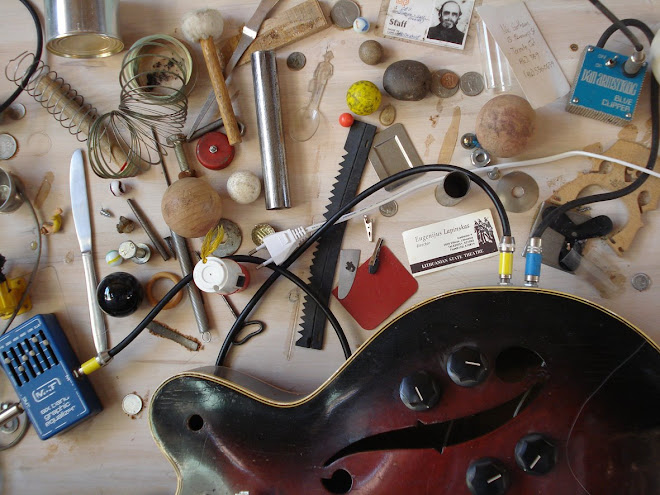4th December

I had booked out the garage space earlier on in the term however I left the promotion till quite late on as I wasn't too sure what was going to happen.
I quite wanted to have a show which would expose work across the broad spectrum of Environmental Art by inviting people from third and fourth year to show work that they are currently working on to provide an opportunity for people to see what kind of work they were producing.

I was really keen on using the large windows in the space to act as a frame for a band to play, playing with the idea of the audience being able to witness the performance from outside. This would be heightened if I managed to create a large enclosure for the band so that when you are inside the garage space you wouldn't be able to see them, but it would be quite overwhelming acoustically.

I then blocked off the other enclosure at the far end of the garage space, where I had set up my steel cone which was attached to a plastic pipe which passed through the wall of the enclosure. Inside, I had set up a few speakers to play sounds which I was creating on my computer down the pipe and out through the cone.

A video of people dancing was projected onto the surface of the enclosure which we had created for the band.

James was performing a piece using old umbrellas whose spokes he had removed and attached to his fingers.

With both of these pieces, it was interesiting to observe how the dynamic of the piece was interpreted depending upon the style of the music which shifted from funky to rather harsh, loud noise at times.
At points, when the music wasn't quite so overpowering, it was possible to create a dialogue between the sounds that I was creating through the computer and waiting for a response from them.
I was quite please with the way that the show turned out and I think there should definately be more exhibitions which combine work from a range of years and cover a whole variety of media, creating a more fulfilling experience.












































